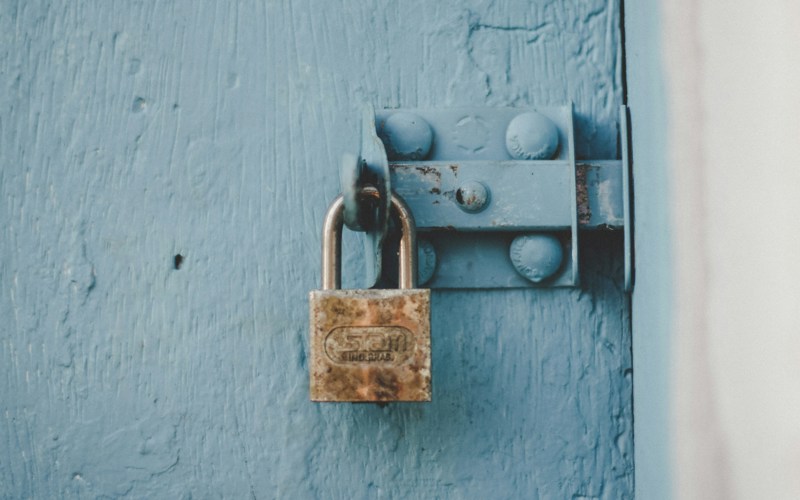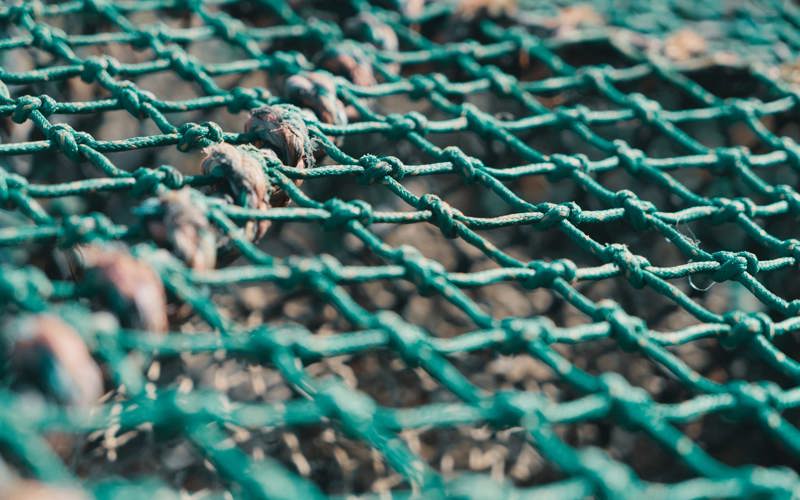This Charter sets out agreed principles and standards for the Scottish Safe Havens to handle data from their respective health boards (as well as from Scottish Government in the case of the National Safe Haven), and work as a federation. Specifically addressing health data scenarios, where obtaining individual patient consent while safeguarding patient identity and privacy is impractical, the Charter emphasises the paramount importance of process transparency.
Commissioned by the Scottish Government and developed by NHS health boards working alongside universities, the Charter was written before RDS’ time, coinciding instead with the Scottish Informatics and Linkage Collaboration (SILC). SILC was established to facilitate data linkage for statistical and research purposes. Comprising the National Safe Haven, eDRIS (the electronic Data Research and Innovation Service, which is part of Public Health Scotland) and the indexing team at National Records Scotland, SILC leveraged technical infrastructure provided by the Farr Institute.
It was from this collaboration that RDS has been working to further develop and build on the positive working relationships that had been established but with an organisational structure better suited to the transformational task in hand.
So, there’s the potted history; what’s the point? Time waits for no one, and much less official government publications. Currently, the Safe Haven Charter speaks to a much changed landscape in Scotland, and so Scottish Government has commissioned RDS, in collaboration with the Scottish Safe Haven Network (SSHN) to commence work to deliver a refreshed Safe Haven Charter in 2024. This is necessary for three reasons.
1. Technological progress
Technological advancements have transformed research possibilities with public data, presenting both opportunities and risks for Safe Havens. Now, they play a critical role in training AI for healthcare, necessitating stringent privacy safeguards. The review ensures the Charter remains relevant to current research demands, promoting consistency and trust across the Safe Haven Network.
2. Scaling up
The pandemic accelerated recognition of the extensive benefits data insights can bring, across research, service delivery, and policy design. The need to process these requests in a simpler and more intuitive way is among the motivations for establishing RDS, a development that the current form of the Charter does not address.
3. Federalisation and policy progress
Significant policy developments have also occurred. The Safe Havens’ role in enabling evidence driven policy sees them referenced as an integral component to the Scottish Government’s Health and Social Care Data Strategy. This strategy emphasises the goal of federalisation, and contains the commitment to “continuously review and refresh” relevant national guidance, giving the Charter as the first example of such a document.



